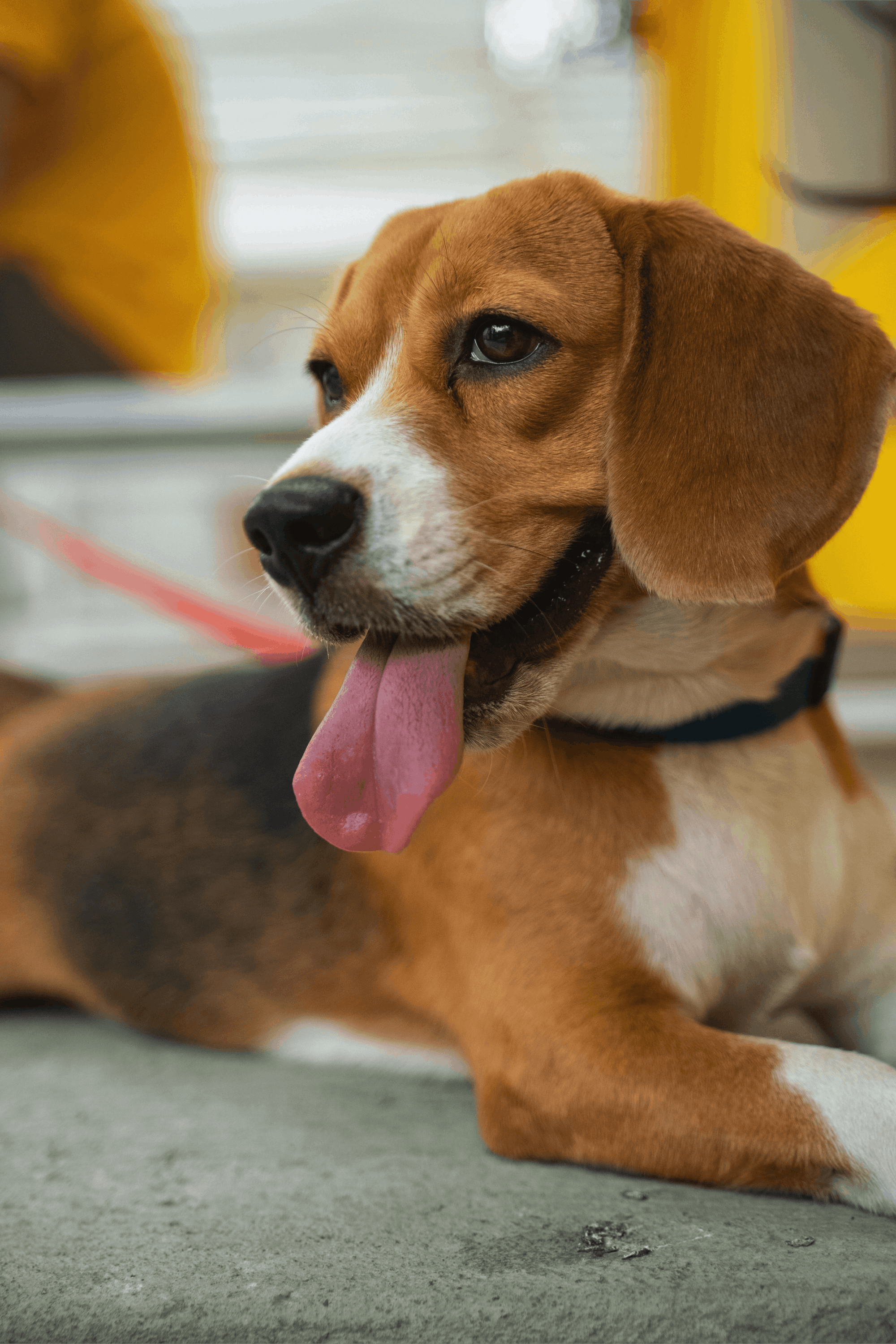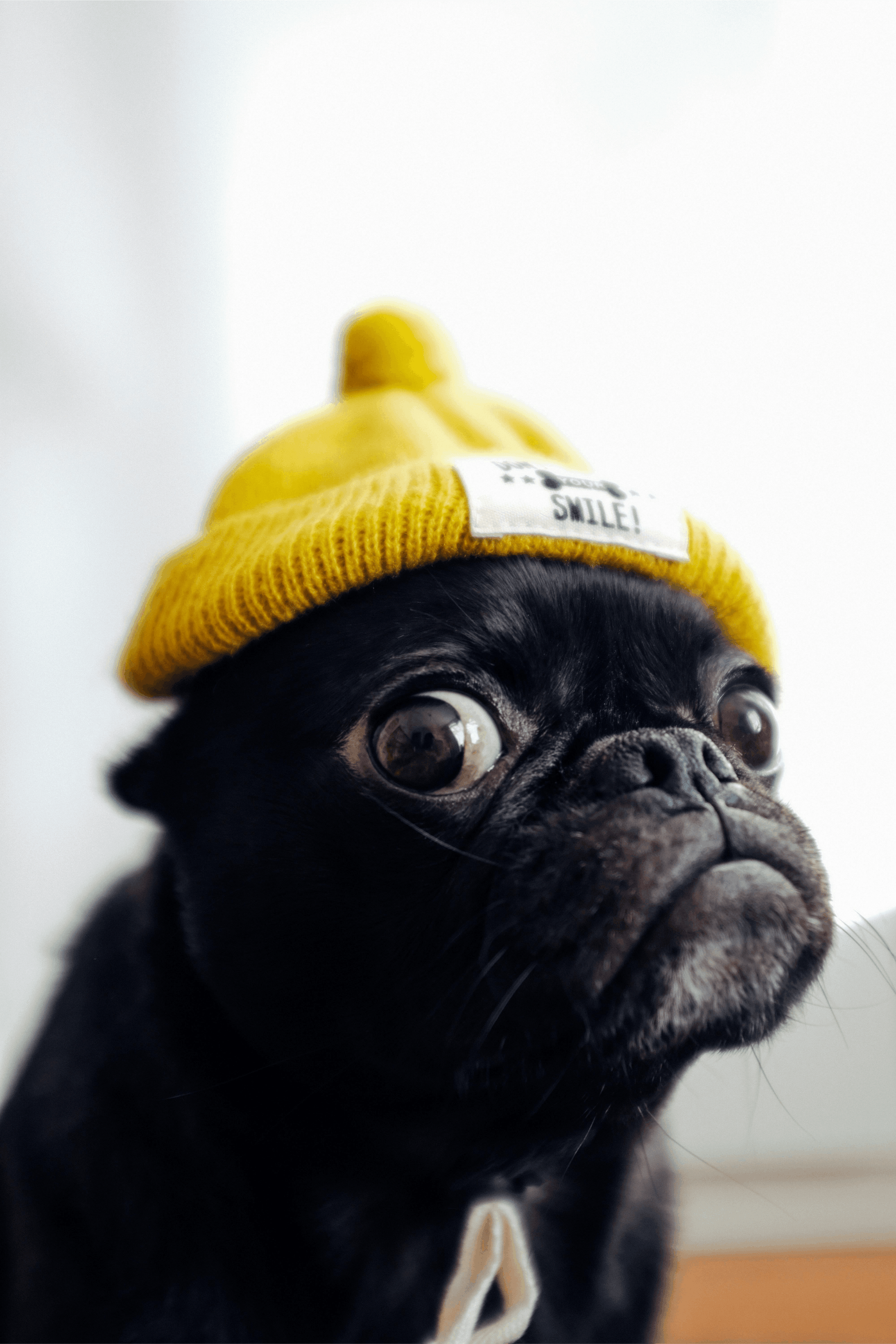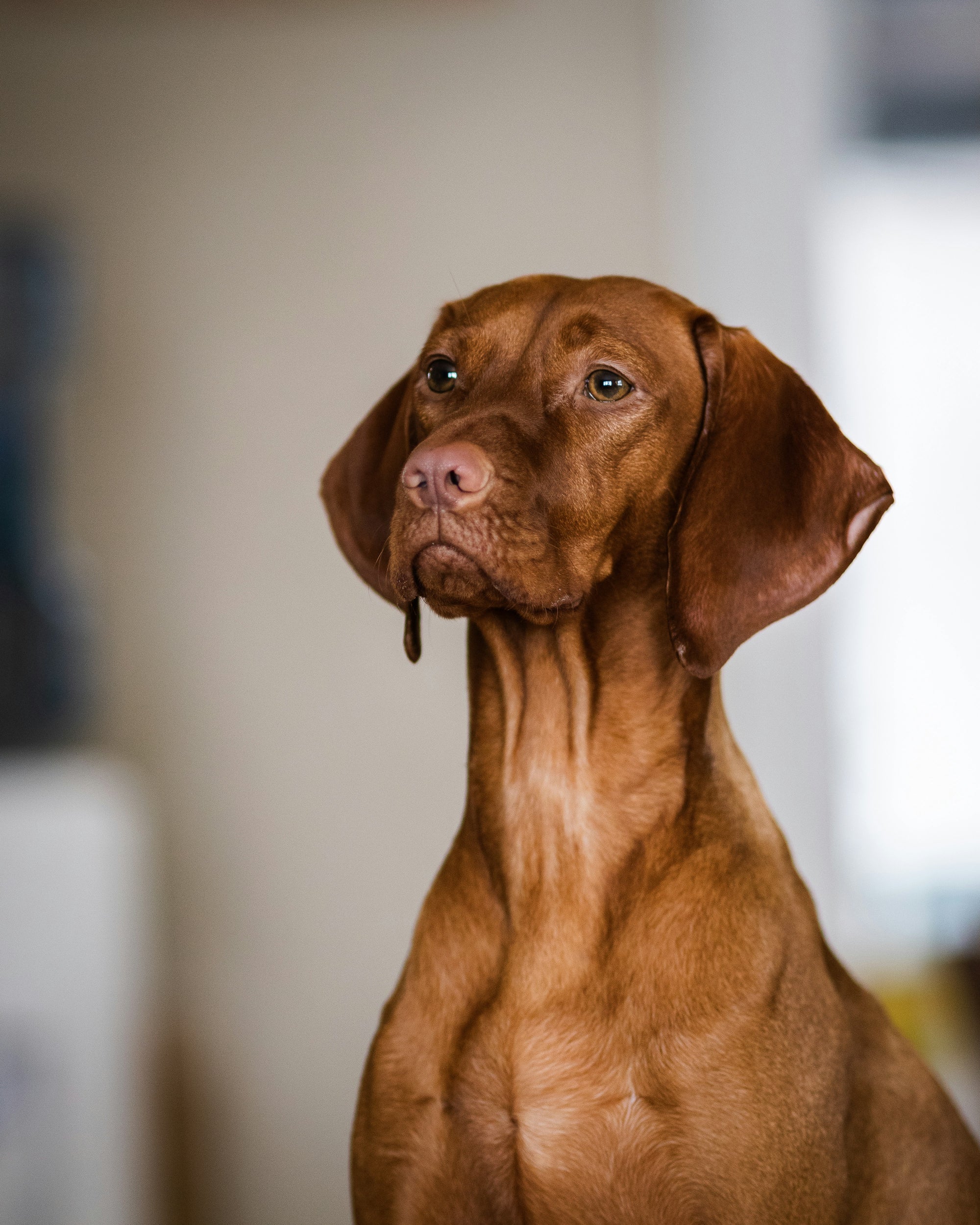The Beagle is an ancient dog breed that originated in Greece around 400 BC.
Humans have always followed their Beagles on foot while the scent hounds would use their noses to locate rabbits.
We aren't sure if the Greeks used the Beagle to hunt rabbits in packs, but the Europeans of the 1700s did, which contributed to an explosion of Beagles in Europe.
North America has always had a huge native rabbit population, much like Europe, which is why European explorers brought their Beagle with them to early America.
I'm running out of time, but check out the complete Beagle video on PetzPaws' YouTube channel to learn how the Beagle got its name.
Do you consider the Beagle the all-American dog?
I do!
But the Beagle can be quirky.
The Beagle is a hound which means it hunts by scent or sight.
Quickly - does the Beagle hunt by scent or sight?
If you guessed by scent you are correct!
The Beagle excels in field trial competitions and to keep things fair there are 2 categories, one category is for the smaller 13 inches and the other category is for the taller 15 inches, the AKC separated the Beagle by size because depending on the terrain, the Beagles taller or shorter had an inherent advantage or disadvantage.
I'm excited to share more with you, consider checking out the full video below if you want to learn if the Beagle is the best dog for you.
The Beagle didn't originate from America or England?
Nope.
Around 400 BC the Greeks used the Beagle to hunt hares and rabbits and the Beagle still hunts hares and rabbits today.
We are not sure if the Greeks used the Beagle to hunt rabbits in packs or individually.
But from the mid-1700s to today, most huntsmen use the Beagle to hunt in packs.
Since the Greeks to today humans have followed the Beagle on foot, and the Beagle follows its nose and ears, which hold the scent, to locate its prey.
For your information: a snowshoe hare is different from a cottontail rabbit - a hare is larger, lives in pairs, and lives above ground.
While a cotton-tail rabbit is smaller, lives in packs of 20, and lives underground in a "warren" - these are the little guys eating your carrots; nevertheless, the energetic and intelligent Beagle can also be trained to hunt any small game, and even bear, foxes, wild boar, bobcats, and deer, which is one of the reasons why the Beagle is prized in its different sizes.
The Beagle is not a big dog, but some Beagles are bigger than others, and each size can have an inherent advantage or disadvantage depending our your choice of prey or terrain of your AKC field trial competitions.
For example, if you hunt snowshoe hares you may want a smaller lighter Beagle who won't sink into the snow, or maybe you want a taller Beagle that may drop into the snow, but won't get stuck.
Or maybe you hunt in dense brush where a taller, heavier Beagle will have an advantage in plowing through vegetation or maybe you want a small Beagle in dense trees where undergrowth isn't an issue.
My point is the size of the Beagle a huntsman chooses very much depends on the topography, climate, and terrain of their specific hunting area, so hunting the same area, or areas with the same conditions will have similar results, otherwise, it could be a challenge.
The AKC groups the Beagles into 2 categories, and those 2 categories are:
The short Beagles are 13" at the withers and the tall Beagles are 15" inches at the withers - the wither is the highest point between the front legs and technically is the vertebrae.
And the highest point the Beagle was in popularity was in 1953-1959 at number 1!
In fact, the Beagle has never been lower than 10th place in terms of popularity since the AKC began tracking dog breed registrations in 1884, and today they rank 8th.
Think about it, Beagles hunt in packs so having 1 beagle isn't really an option for a hunter, which contributed to an explosion of them.
But what contributed to the explosion of Beagles in the 1950s?
Snoopy!
And while we think of Snoopy as the all-American dog, the Beagles name originates from the France "begueule" which means "gaped throat", and the quirky Beagle is gape throated - which means to be open-mouthed in the context of the Beagle it means they bark.
And the Beagle can be very vocal, to the point of wanting to return them back to the breeder, which is why I'm creating this Learn, Don't Return video for you, so you don't do that.
The Beagle has 3 barks that represent different scenarios number 1: a normal barking sound, number 2 a yodel, and number 3 a howl.
Funny quick story: a friend of mine lived near a Beagle and the dog barked for hours constantly.
And the Beagle is known for their barking which makes them a bad apartment dog.
The Beagle is also known for eating a lot of dog food so buy high-quality pet food that won't add to the beagle's recommended weight of 20-24 pounds when they're not burning calories in the field.
Keep your Beagle healthy by cleaning your dog food storage containers, and don't overfill their 1-quart food bowls.
Bathing the Beagle every 6 weeks, cleaning the floppy ears, and trimming the nails, and your Beagle or Beagles could live a healthy life and live to be 15 years old!
The Beagle is in the Hound Group with the Afghan Hound, and the Dachshund which we've Learned Don't Returned, and the Bassett Hound which we've already Learned, Don't Returned.
The Beagle was recognized by the AKC in 1885 and the National Beagle Club of America was formed in 1887.
Now is the Beagle dog breed a match for your lifestyle?
Leave your comments below, and if you have any dog breed recommendations leave them in the comments.
PetzPaws is here for you!



